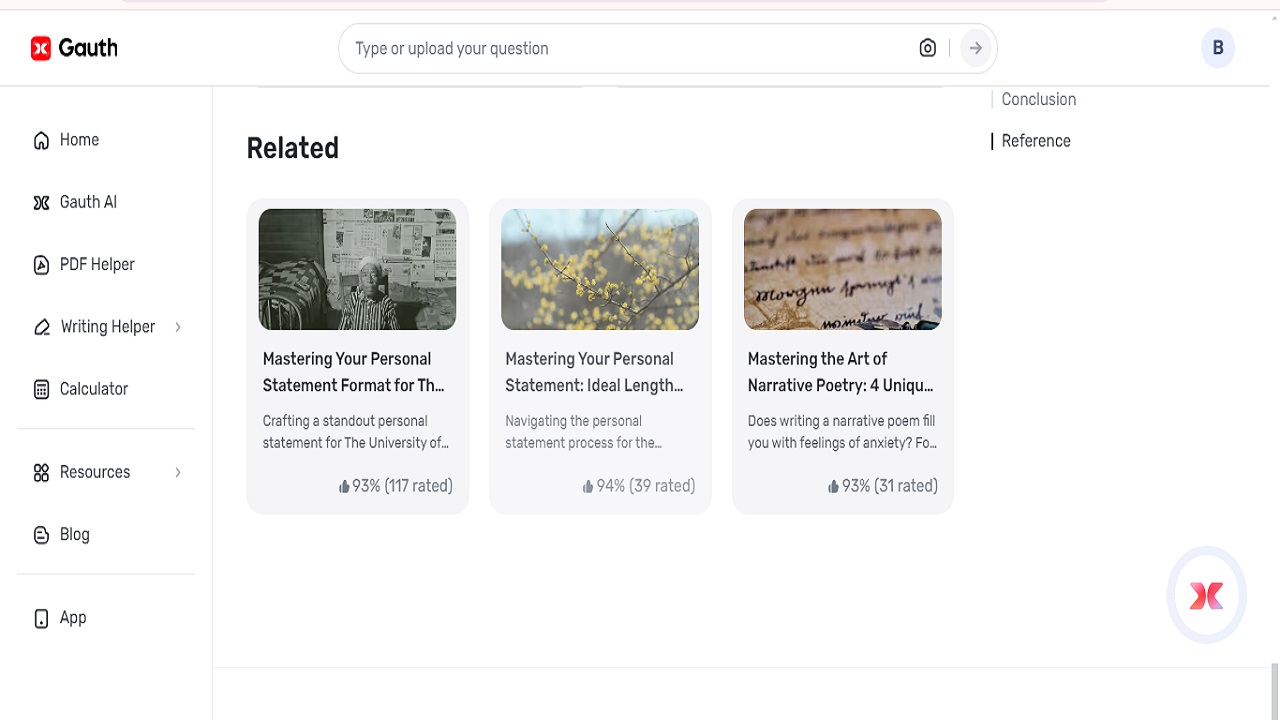Student for admission to creative programs in art, music, theater, or writing, must submit a personal statement that should reflect their personality. This document is your chance to let your creativity flow, to demonstrate your love for what you do, and to share your stories. By using tools like Gauth and with the help of personal statement examples, you can improve your writing and establish a great flow to tell the story. Following are some useful strategies to make an excellent personal statement for creative courses.
Understand Your Audience
It is crucial to know the audience of your personal statement before you begin to write it down. The admissions committees of creative programs are searching for individuals who are ready to solve the tasks in a nontraditional manner and with unique ideas. For your application, find out more about the specific program of your choice and identify the program’s values, faculty, and class. Gauth can help you collect information about the program and identify what kind of statement will be more appealing to the audience.
Start with a Strong Hook
As you make your first impression about the content of your personal statement the first few lines are crucial. Begin with a catchy story, a question that will spark curiosity or a picture that will best describe your artistic experience. For instance, if you are planning to join a visual arts course, you may write when that feeling of drawing was revived in the first place. If you do not know what to write at the beginning of your letter, Gauth can generate catchy ideas as well as polish them.
Display Your Artistic Process
Your personal statement should provide a timeline of all the artistic growth that you have undertaken. Employ Gauth to map your timeline and focus on the experiences that have influenced your creative profile. This might include school, training, a course, a project, or a combination of the above. Consider details as to how and where you have grown, as well as which factors have impacted your development.
Discuss the Pros and Cons
It’s always important to acknowledge that no artist is immune to struggles and, when speaking of how you have succeeded over adversity, audiences will see a certain level of commitment that is expected from professional artists. Employ Gauth to write these experiences carefully, focusing on what you have learned and how that changes the creative process.
Link Your Experiences to Future Outcomes
Besides, schools’ admissions committees are interested in not only your past life’s account but also your vision of the future. Identify all the objectives by explaining how the program is aligned with a creative agenda. It is recommended to use Gauth to organize this section properly, linking your experience to the future.
Edit and Refine
When writing a personal statement, the final step involves reviewing and polishing the written work. Gauth can help with grammar and clarity it is also a good idea to ask for feedback from people who work in your chosen field. They can give you feedback on whether your voice and your message are being heard.
Conclusion
In general, writing a personal statement for creative programs is a very valuable process. If you know your audience, begin with a hook, demonstrate your creative process, discuss your struggles, link your experiences to your future, and revise your statement, you will be able to create a statement that will appeal to the members of the admissions committee.

